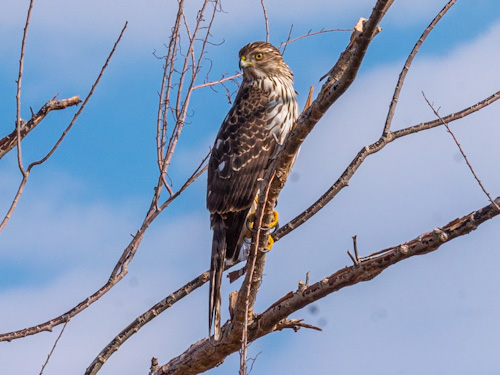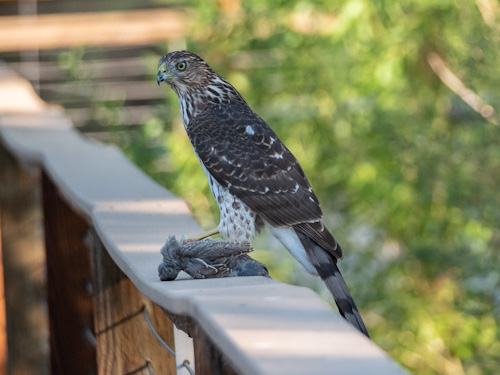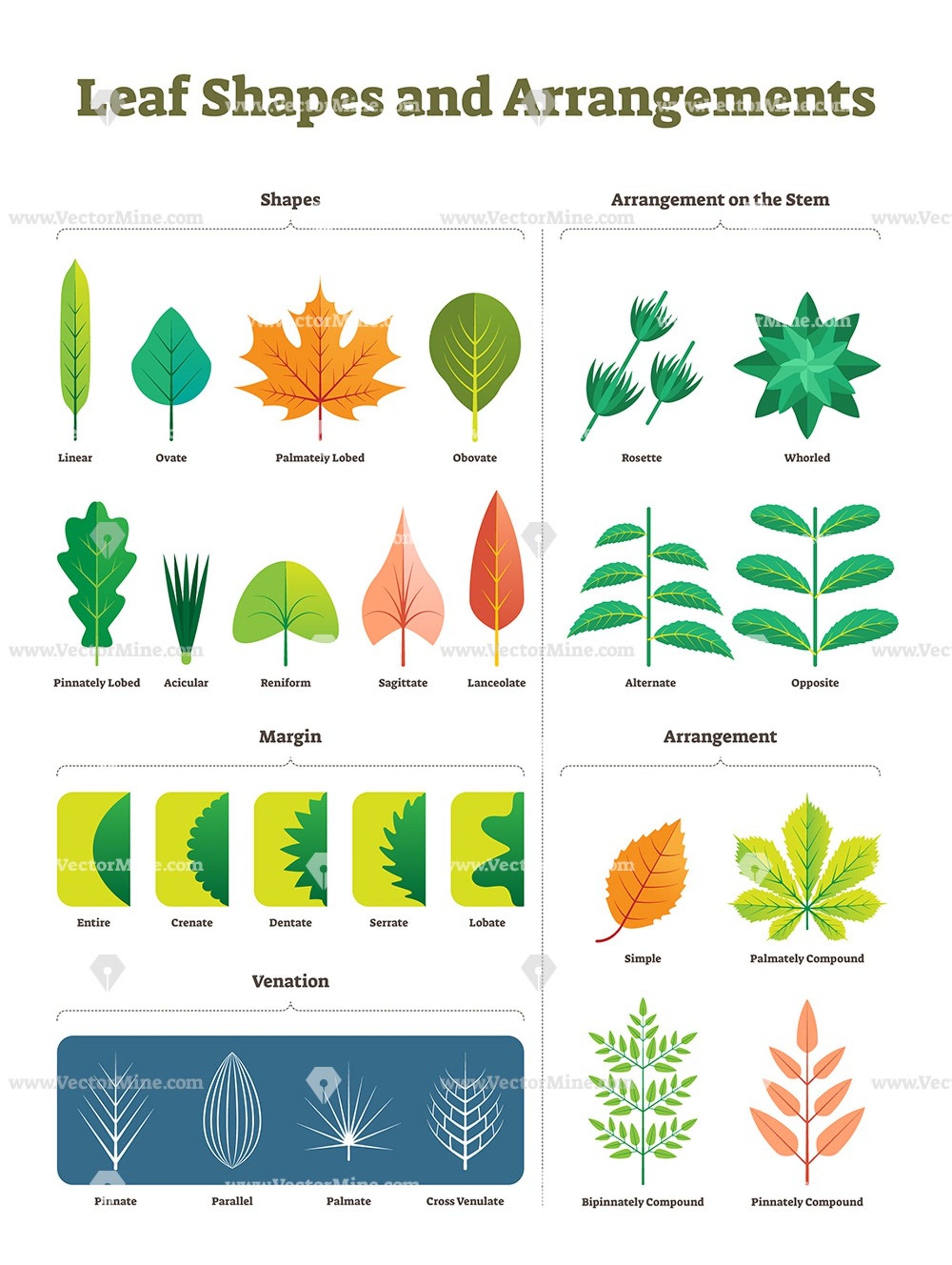Habitat
Sharp-shin Hawks are forest and woodland birds. These hawks are a regular sight in parks, quiet neighborhoods, over fields, at backyard feeders, and even along busy streets if there are trees around. They are also adaptable in all seasons to forested mountainous regions, especially foothills.







